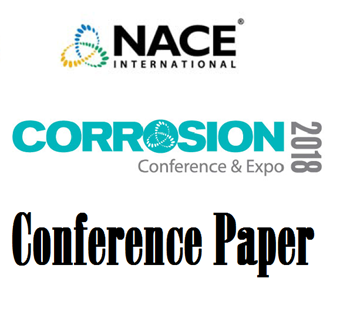Search
Mechanical Properties of a Mackinawite Corrosion Product Layer
Also Purchased
Fe3O4, FeCO3 or FeS - Which Corrosion Product Will Prevail at High Temperature in CO2/H2S Environments?
Product Number:
51320-14413-SG
Publication Date:
2020
$20.00
The Role of Pyrite in Localized Corrosion of Mild Steel
Product Number:
51317--9251-SG
ISBN:
9251 2017 CP
Publication Date:
2017
$20.00
51318-11192-Investigation of FeCO3 and FeS Precipitation Kinetics by EQCM
Product Number:
51318-11192-SG
Publication Date:
2018
$20.00
Recently viewed




